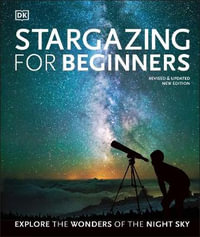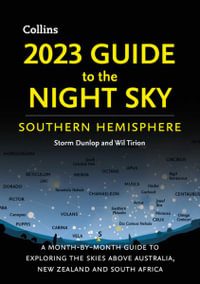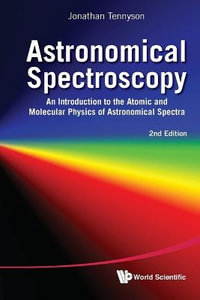Infrared astronomy is a dynamic area of current research. It has been revolutionized in the past few years by the advent of large, sensitive, infrared arrays, and the success of several infrared satellites. This handbook provides a clear, concise and accessible reference on all aspects of infrared astronomy. Throughout, the emphasis is on fundamental concepts, practical considerations and useful data. Starting with a review of the basic infrared emission mechanisms, we are shown how the earth's atmosphere affects and limits observations from ground-based telescopes. The important systematics of photometric accuracy are treated in detail. Spectroscopy--both stellar and otherwise--is explained, and illustrated with useful examples. An important chapter is devoted to dust, which plays such a central role. Finally, the technical background to infrared instrumentation is covered to help the reader develop a proper understanding of the capabilities and limitations of infrared observations. This volume provides both an essential introduction for graduate students making infrared observations or reducing infrared data for the first time, and a convenient reference for more experienced researchers.
Industry Reviews
' ... a wealth of useful information ... This book will serve as an excellent resource for both professionals and amateurs who want to enter the realm of the infrared observer.' Steven V. W. Beckwith, Director, Space Telescope Science Institute 'Glass is to be congratulated on a well-balanced and suitably-condensed handbook, and coming from a life-long infrared astronomer the reader could scarcely wish for better.' A. D. Andrews, Irish Astronomical Journal '... this handbook is a good-value starting point for any student venturing into the murky world of IR observing. For the more experienced observer who, ... has several pieces of paper on which you've carefully written all those essential bits of information, it will form a much tidier alternative. I certainly intend to consult my copy the next time I wish to use an IR instrument.' Paul O'Brien, The Observatory

























